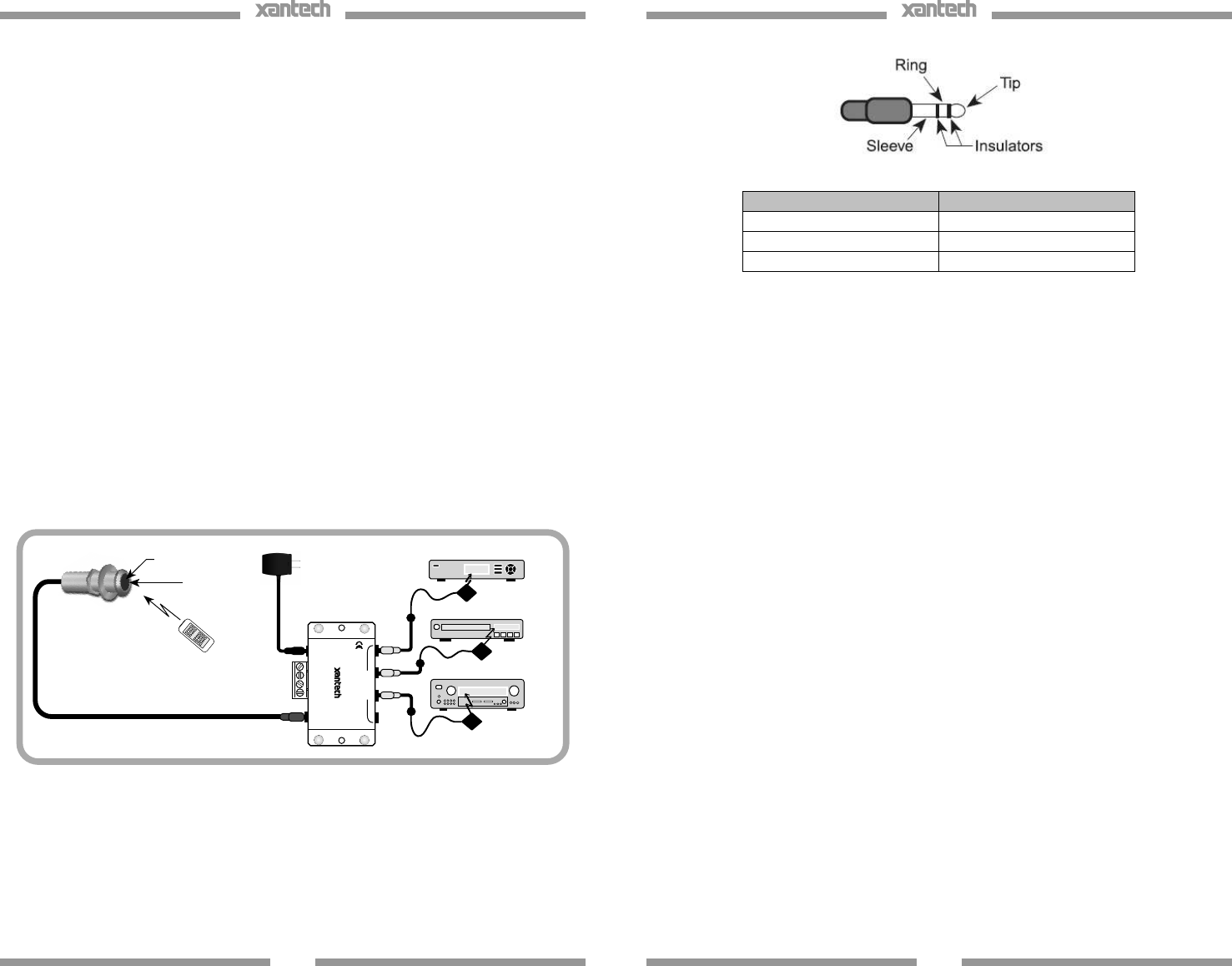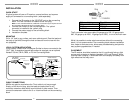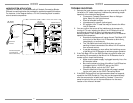
2
INSTALLATION
QUICK-START
A typical system will use an IR receiver, several emitters, and a power
supply all connected to a connecting block. (sold separately)
1. Connect the IR receiver to the “IR RCVR” port on the connecting
block. The ‘red’ connector is installed to the ‘red’ plug.
Note: In some extended distances, additional 3-conductor may be required and can
be connected to the terminals on the connecting block.
2. Connect the Emitters to the connecting block. The ‘yellow’
connector is installed to the ‘yellow’ plug.
3. Connect the power supply to the connecting block.
4. Installation complete
MOUNTING
Drill a 1/2” hole in any surface, such as a cabinet panel. Pass the lead and
the body of the ML85 through the hole and secure from the rear with the
nut (supplied).
LOCAL SYSTEM APPLICATION
In this system a 283D Blink-IR Designer Emitter is shown connected to the
“OUT” jack. If expansion beyond two emitters is required, use an optional
Xantech 789-44, CB12, CB60, or 791-44 Connecting Block.
CABLE CONNECTIONS
ML85s may also be used where the 7-foot cable is not long enough.
Simply cut off the mini plug, strip the leads and splice them to a 3-
conductor extension cable with a terminal block or other means. Then
connect the extension cable to the 3- or 4-terminal block on the connecting
block.
ML Series
IR Receivers
To 120 VAC
(unswitched)
781ERGPS
789-44
Connecting Block
Hand Held
Remote
A/VReceiver
DVD
IRPhotodiode
Talkback LED
Satellite Receiver
283D Emitter
12VDC
+12VDC
GND
STATUS
IRIN
EMITTERS
IR
RCVR
789-44
CONNECTING BLOCK
®
283D Emitter
283D Emitter
(sold separately)
3
3.5mm mini plug Signal Name
TIP SIGNAL
RING GROUND
SLEEVE +12VDC
The 3-conductor inter-room cable (24 gauge up to 200’, 22 gauge up to
600’, 20 gauge up to 2000’, 18 gauge up to 5000’), is run to the main room.
While it is possible to make wired connections without the connecting
block, it is not recommended. The connecting block reduces installation
time, helps to eliminate errors, allows easy troubleshooting and permits
easy system upgrades later, if needed.
PLACEMENT
The IR receiver should be located so that it is not directly facing a light
source such as lamps or displays (standard, LCD, and Plasma). When
mounted near a display, it should be flush to the display and away from
light reflections that may occur.






